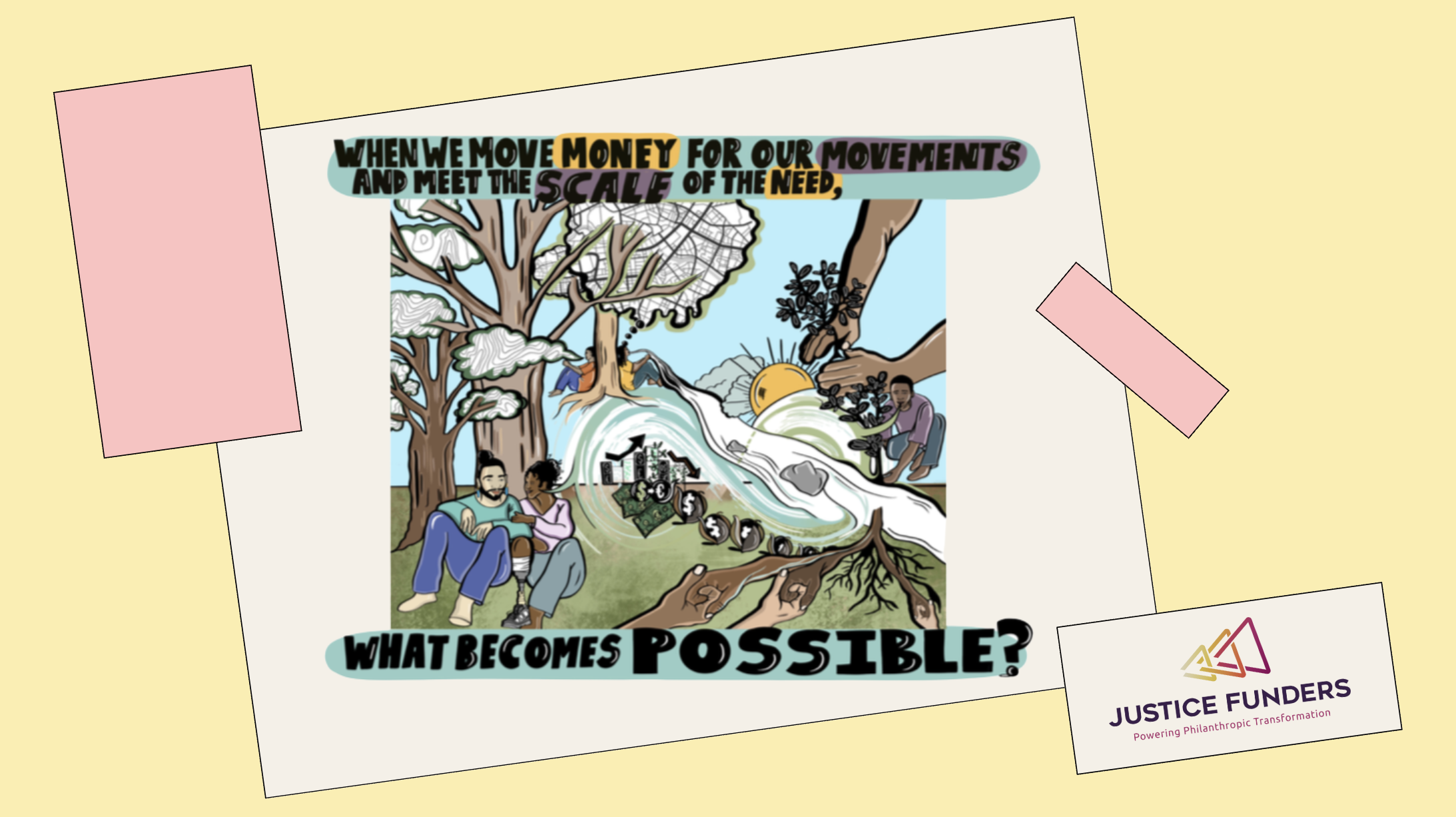Ask almost any impact investor for data on how they’re improving people’s lives or saving the planet, and they’ll have a nice shiny metric to show you. But peel off the layers of marketing gloss and readers may start to question how those metrics are selected and how they are used to inform future decisions.
Impact measurement is considered a core element of impact investing – so it’s something that every investor is expected to do. But despite the emergence in recent years of standards and frameworks for measuring impact, there are still a wide variety of approaches on just how to do it.
That range of methods reflects not just the challenge of collecting impact data, but also differences of opinion about which data are most valuable and how they should be used.
At the core of this debate is the evolving question of what meaningful stakeholder engagement looks like. As conversations about trust-based investing and participatory investment continue to evolve, some practitioners and researchers argue that bringing end users' perspectives and desires into the measurement process is critical, if an investor wants to get a complete picture of impact results.
The state of engagement?
So what is the state of stakeholder engagement in impact measurement?
Stakeholder engagement can take a number of forms. Some investors engage third party researchers or service providers, like 60 Decibels, to survey stakeholders. Others ask or require portfolio companies to administer surveys to their stakeholders and impacted communities. Still others directly interview target stakeholders themselves, for example through field visits, community forums or structured interviews.
How often is this done? One study, by the Secretariat for the Operating Principles for Impact Management, suggests that stakeholder engagement is still a nascent practice. Based on an analysis of 166 self-designated impact investors, only 11% said they collected feedback from customers, beneficiaries or other stakeholders as part of their review process. A slightly higher percentage (15%) reported having a third party or internal independent department conduct an evaluation or study on the impact of their investments and investment processes.
Meanwhile, GIIN’s 2024 “State of the Market” report found that 30% of investors consider end-stakeholder needs when selecting impact metrics – about half the number that say they consider business models (59%). There's also a 2025 study from BlueMark, a provider of impact verification and intelligence services. They find that 39% of the impact management systems they have verified have a process for soliciting input from stakeholders about the outcomes they are experiencing.
Tristan Hackett, Senior Director at BlueMark, shared that their team has observed slight increases in the past few years. "More advanced impact practitioners recognize that listening to the voices of customers and end-users is a critical way to validate the positive change... and/or uncover feedback or risks that reported KPIs often cannot cover alone," he says.
Outputs vs. outcomes
The conversation about meaningful stakeholder engagement speaks to a larger ongoing question in impact measurement about the relative value of measuring outputs versus outcomes.
A brief terminology lesson. Outputs provide an easy way to understand what a company is doing in its pursuit of impact. For instance, the number of patients reached, or the number of affordable housing units built. These are the sort of metrics that usually decorate an investor’s impact report and other marketing materials. They sound good, but they often lack context.
In contrast, outcomes go a layer deeper by calculating the effects or changes that resulted from an organization’s activities. A typical outcome is an increase in access to essential services among a target demographic, or a reduction in a sector’s environmental footprint.
Outputs are relatively easy to measure, thanks to the development of tools like the GIIN’s IRIS+ dataset and frameworks like the five dimensions of impact. However, measuring outcomes can be difficult and time-consuming – especially doing so in a way that prioritizes authentic participation from end beneficiaries. It typically requires engaging directly with those being affected to understand not just which outcomes occurred but – just as importantly – to whom.
Measuring outcomes can be difficult – especially doing so in a way that prioritizes authentic participation from end beneficiaries.
To illustrate how this works, consider an impact fund that claims to have created 1,000 agricultural jobs as the result of their investments into smallholder farms. More jobs are generally seen as a good thing, right?
But how do we know if those jobs reflect the wants or needs of the intended recipients? Just because a job exists does not make it sufficient or even desirable. Perhaps the 1,000 new workers would prefer to be in an air-conditioned office doing administrative tasks versus doing back-breaking labor in intense heat. Or maybe the communities where these farms are located would be better served by 200 high-paying jobs with benefits than 1,000 low-paying jobs without benefits.
The best way to understand the impact of those 1,000 new jobs is to talk to the workers themselves, instead of just relying on the investor’s assertion that the investment was an unmitigated success.
One organization trying to bridge the gap between outputs and outcomes is 60 Decibels, which specializes in the design and dissemination of standardized stakeholder surveys across different sectors and themes.
These surveys, which are administered via direct phone calls with the people being impacted, generate detailed quantitative and qualitative data and insights about respondents, often including breakdowns by gender, race, age, education and other factors that help create a more holistic picture of impact.
According to Tom Adams, Co-Founder and Chief Strategy Officer at 60 Decibels, there is still confusion among some investors about which kinds of data represent meaningful stakeholder engagement and why it is essential for proper impact measurement.
“Investors are realizing that they can’t do impact measurement without talking to the end-stakeholders,” said Adams. “Without the data from the stakeholders themselves regarding if and how their lives have changed as a result of the outputs created, you've at best only got one leg of the impact stool. It would be like producing financial accounts with revenue but no EBITDA.”
Bringing beneficiaries closer to decision-making
For many with a background in social research, there may be a temptation to label any data collection effort without beneficiary or outcomes-related data as incomplete at best or greenwashing at worst. Many impact investors would likely at least acknowledge the benefit of having this data available, even if it’s not always a top priority.
“Nobody says that they don’t want this information,” said Adams. “But unless they’re really focused on this kind of data collection, it can become more of a ‘nice-to-have’ for many investors and can fall by the wayside when other pressures inevitably arise.”
A potential antidote to this reluctance would be showing investors how richer data can address potential pain points in the decision-making process, both pre-investment and post-investment. For example, understanding the specific financial challenges that a target group faces can help when designing a financial wellness product or service. By regularly monitoring how many of these challenges are alleviated by using the product, an investor can see whether the company is making a tangible difference in people’s lives.
How much data is enough? How frequently should data be collected? How much should be spent on data collection? Who should pay for it? Which tools or frameworks would simplify the analysis of data?
These are delicate questions with no easy answers. But for impact investing to work, it’s important that impact investors do a better job of measuring outcomes and prioritizing stakeholder engagement.
For Adams, the focus is on how to get investors to evolve from intention for impact towards accountability for impact.
"What we need for this to happen is a shift from voluntary to mandatory impact reporting. This might not be popular, but ideally it comes through regulation – or in the absence of regulation it requires measurement standards and a shared expectation among allocators to prioritize this issue."







%20(1280%20x%20720%20px)%20(46).png)



.webp)
%20(1280%20x%20720%20px)%20(3).webp)

%20(1280%20x%20720%20px)%20(39).png)
%20(1280%20x%20720%20px).webp)

%20(1280%20x%20720%20px)%20(2).webp)



%20(1280%20x%20720%20px)%20(40).png)


.webp)
.webp)

